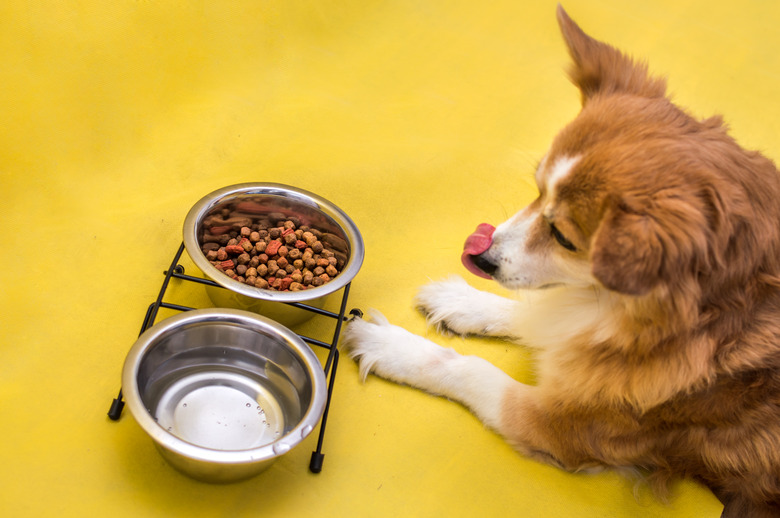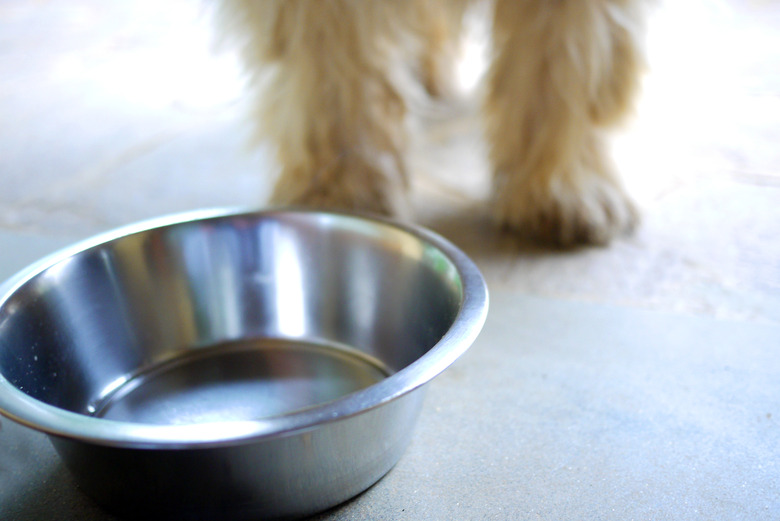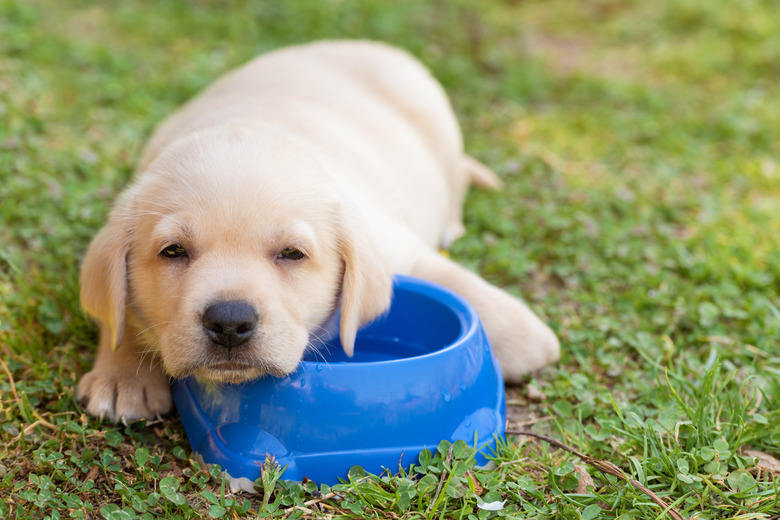How Often Should I Change Out My Dog's Water?
There's no question that your dog needs to have access to clean water all day long. If he gets thirsty, he needs water to be there for him in his bowl.
But is it OK if you let the water sit in his bowl for a few hours? How about overnight? Is it harmful to his health if you give him water that's not so fresh anymore?
By learning the answers to these questions, you can ensure your dog will stay healthy and hydrated all day long.
How often you should change the water in your dog's bowl
How often you should change
the water in your dog's bowl
It's best to change your dog's water at least twice per day, according to Dog Food Advisor. You can give your dog tap water or filtered water if you're uneasy about giving your pet tap water (keep in mind, however, that if you're in the United States it's generally safe). If you change the water at least two times per day, then your dog's water should be clean.
Getting the right kind of bowls for your dog
Getting the right kind of
bowls for your dog
It's important to invest in the right types of food bowls and water bowls for your dog. The best type of bowl for your dog is stainless steel, since it's non-porous, easy to clean, unbreakable, and durable. Stainless steel bowls are much better than ceramic bowls, which may crack. These cracks can become breeding grounds for harmful bacteria. Plastic bowls are also a bad idea because like ceramic bowls, they can harbor microbes and harmful bacteria like E. coli, MRSA, and salmonella, according to How Stuff Works. And although glass bowls may look pretty, they can easily shatter and hurt your dog in the process. Opt for stainless steel and you'll be good to go.
How often should you clean your dog's food and water bowls?
How often should you clean your dog's food and water bowls?
Even though you may have stainless steel bowls, you still have to keep them clean in order to ward off that harmful bacteria and ensure that dirt and grime doesn't build up. You should wash your dog's food bowl with hot, soapy water after every meal, or you can put it in the dishwasher to clean it as well. Washing it in the sink separately from your dishes is the better option not only for health reasons, but because you'll save big on your water bill too.
Along with cleaning your dog's bowls, sweep up and mop the area around his bowls, as well as wash the placemat you put the bowls on. Then, you'll really lower the chances of attracting bacteria. If you ever notice that your dog's bowl has a scratch or crack in it, get rid of it and buy a new one.
Giving your dog enough water
Giving your dog enough water
While having the right kind of dog bowls and keeping them clean is important, you also need to make sure you're giving your dog enough clean water every day, too. According to the American Kennel Club, dogs require about 1 ounce of water per pound of body weight per day, while puppies that have been weaned need between one half ounce and 1 ounce of water per pound of body weight per day. If your dog is active, he's going to need even more water.
If you notice that your dog is drinking way more than usual and it's not because he's just exercised or eaten, then a medical issue could be at play. According to Hill's Pet, kidney disease, dehydration, parasites, liver disease, vomiting, fever, and infection can all cause your dog to become much thirstier than usual. It's always best to call your vet about your dog's increased thirst instead of trying to diagnose the issue yourself.
Conclusion
Conclusion
You should change your dog's water at least twice per day. At the same time, you need to use the right kind of dog bowl and keep it clean, as well as give your dog enough water and monitor his drinking habits. If you see that your dog is drinking a lot more than usual, call your veterinarian to ask for advice.
Always check with your veterinarian before changing your pet's diet, medication, or physical activity routines. This information is not a substitute for a vet's opinion.


